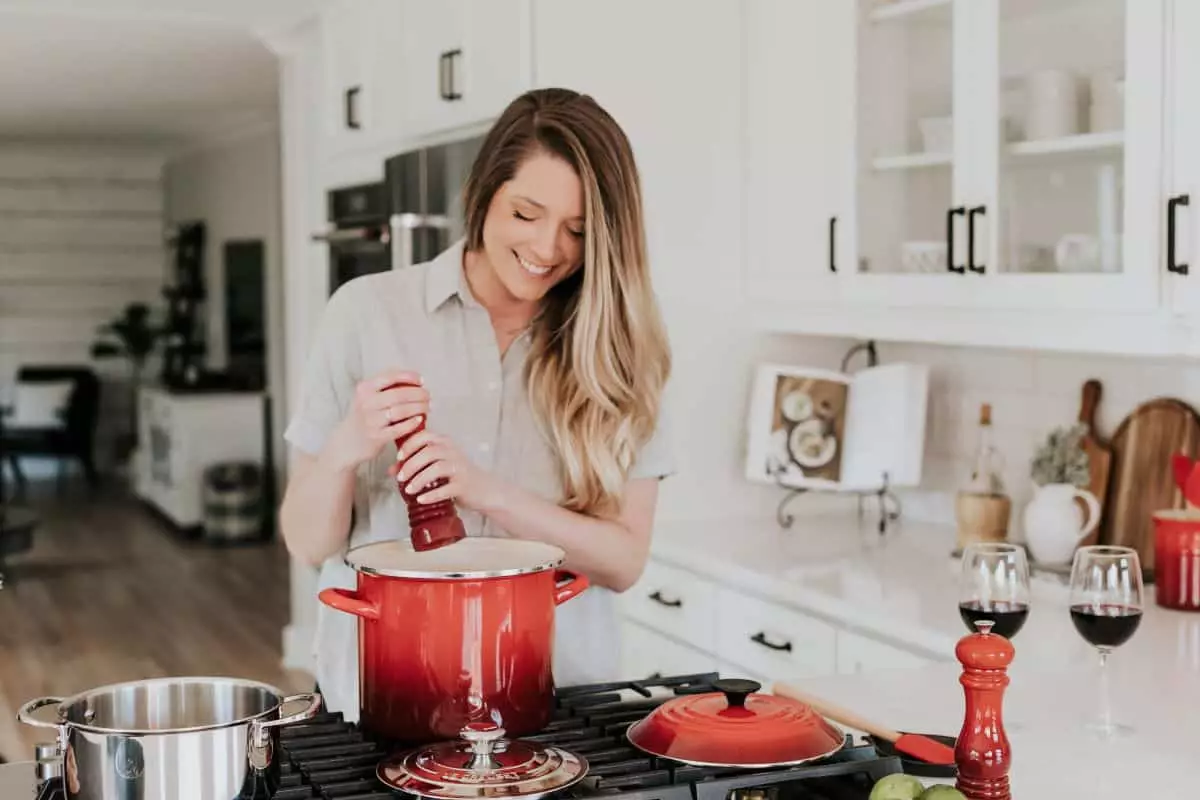
Why is Temperature Important in Cooking?
Temperature control is the most critical aspect of cooking. Without heat, you wouldn’t be able to cook food. And if food is not cooked correctly and thoroughly, it is unsafe to eat. Discover why temperature is important in cooking and other essential guidelines to ensure food safety.
Table of Contents
Why is Temperature Important?
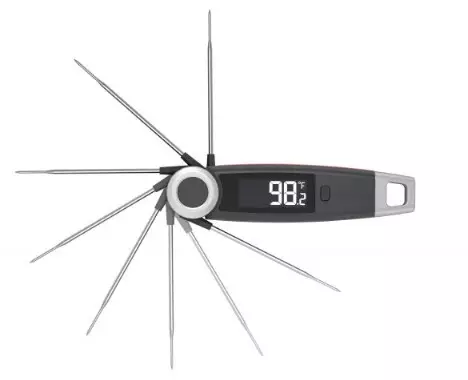
If you are a cook or in the food business, you will be aware of the role of temperature in ensuring food safety. Many questions surround the ideal temperature for cooking and storing food to ensure it is safe to consume. While the exact guidelines on those differ, depending on who you ask, one thing is clear: food in the temperature danger zone is dangerous to eat.
So, how does temperature impact food?
To understand why temperature is important in cooking, you must first understand how bacteria work. There are bacteria everywhere in nature. They are found in the air, soil, water, and food sources. Certain bacteria exist before the food is cooked, whether it is plant or meat. Some bacteria don’t cause harm, but many can bring about illnesses when they are consumed in food.
This is where temperature can play a vital role: cooking food to a certain temperature can kill harmful bacteria in meat and other types of food. Without heat, the bacteria survives and enters the human body once the food containing them is eaten. Unfortunately, certain temperatures can also cause the bacteria to increase, which can cause various diseases.
To ensure safety when cooking, you should be familiar with various temperature guidelines.
- The Temperature Danger Zone
The “danger zone” in cooking is any time the food reaches a temperature of 40 F (4.5 C) to 140 F (60 C). In this temperature range, bacteria growth rapidly takes place. Therefore, the food needs to be kept out of this temperature danger zone to ensure that it is safe to eat. The number of bacteria in food could double in just 20 minutes.
When you are traveling with cold food, keep it cold in a container or storage that helps maintain the recommended temperature. On the other hand, it is essential to keep hot food hot when traveling or after you serve it.
- Cooking
Understanding the role of temperature in cooking is crucial to ensure the food is free from harmful bacteria that could cause foodborne illnesses. For example, certain types of meat, like pork, beef, and lamb, must reach an internal temperature of at least 145 F (62 C) for safety and quality. For ground meat, you need an internal temperature of 160 F (71 C). On the other hand, poultry must reach an internal temperature of 165 F (73 C) to ensure that it is safe to eat and be free from salmonella.
- Storing
Maintaining the ideal food temperature when stored (especially for leftovers) is critical for food safety. Many foodborne illnesses happen as a result of improper storage of leftover foods.
Even when you have already cooked the food to a safe temperature, it can still collect bacteria when you serve it again. Always use a proper container to store your food and refrigerate it within two hours of cooking.
- Reheating
Like storing, you must follow the proper reheating process to ensure that it does not promote the growth of bacteria. For example, when cooking, you must reheat the food to the recommended internal temperature. Or, ensure that when you reheat it, the food is hot and steaming before consuming the leftovers.
Why is it Important to Use Food Thermometers?
The best way to check the temperature of your food is by using a thermometer. When it comes to food safety, you cannot afford to take a guess. You must be accurate about the food temperature to guarantee it is safe.
Thermometers are kitchen tools that are designed to read the food temperature accurately. Therefore, they are essential in the kitchen and are the cornerstone of food safety measures.
It Helps Reduce the Risk of Food Poisoning
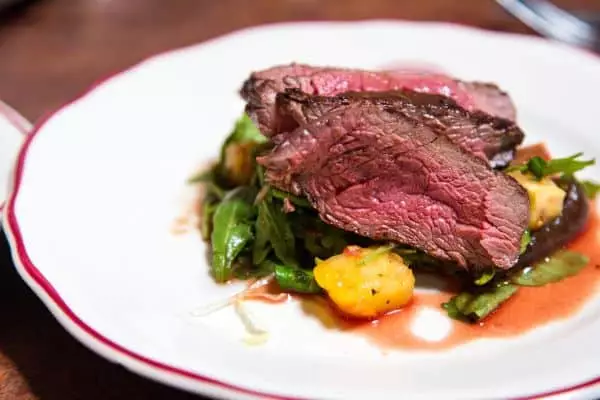
Foodborne illnesses are easily preventable. Using a thermometer ensures you’ve hit the ideal temperature to kill harmful bacteria in any food.
Use the thermometer to check the internal temperature of the food, such as meat and poultry. Always check the minimum temperature guidelines the USDA and other regulating authorities set.
Avoid Overcooking or Undercooking Food
Another benefit of using food thermometers is achieving the perfect cooking of your food. If your food is undercooked, it won’t be safe to eat. If your food is overcooked, it can be tough in texture and unpleasant to eat. The nutrients and flavors of the food can also be diminished if you overcook it.
Therefore, using a food thermometer helps preserve the food’s quality in terms of flavor and nutrients. Make sure to check the recommended temperature for cooking certain types of food so that you can achieve the right temperature.
To Preserve the Taste of Food
Aside from killing harmful bacteria, food temperature also impacts its taste. According to a research study from the University of Leuven in Belgium, the perception of taste is gone when the food is over 95 F (35 C). Therefore, the temperature at which the food is served is critical to the way the food tastes and is enjoyed by the consumer.
For example, serving scorching food prompts the idea that the food is hazardous. An individual is fearful of consuming food which is too hot that could end up burning them. In that same regard, food that is too cold is no longer enjoyable. This insight explains why ice cream is best enjoyed when left out at room temperature first. The taste receptors in a person’s palate send signals to the brain that connect it with their taste perception.
For this reason, certain types of food must be cooked and served at optimal temperatures. Achieving the right temperature helps ensure that the food is cooked all the way through and is favorable to the taste.
Conclusion
Food safety is the pinnacle of any form of cooking. Take time to learn about the role of temperature in cooking to understand better how to prepare, store, and reheat food without putting someone at risk of acquiring foodborne illnesses.
2 Comments
Comments are closed.
Discover Other ChefsTemp Products
Discover more recipes and learn kitchen tricks by joining our cooking family on Facebook.
You may also like:
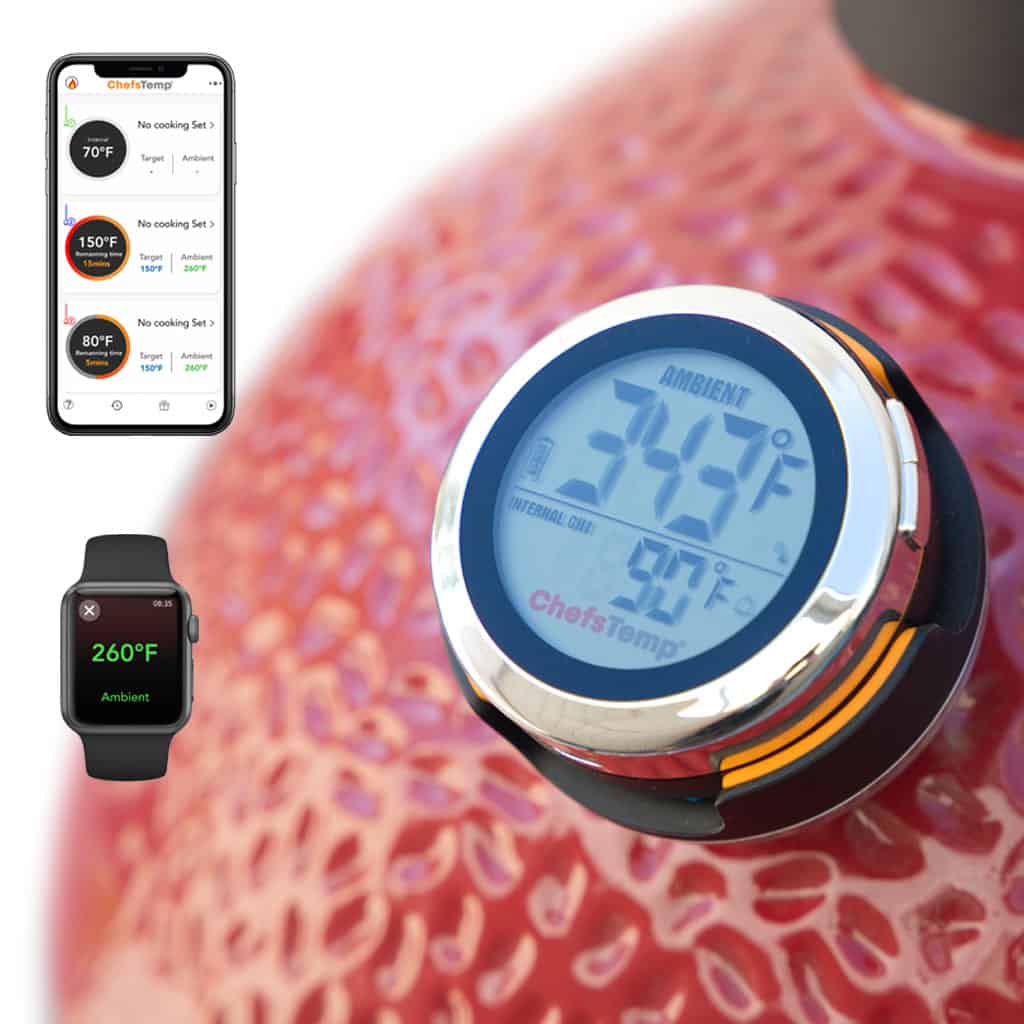
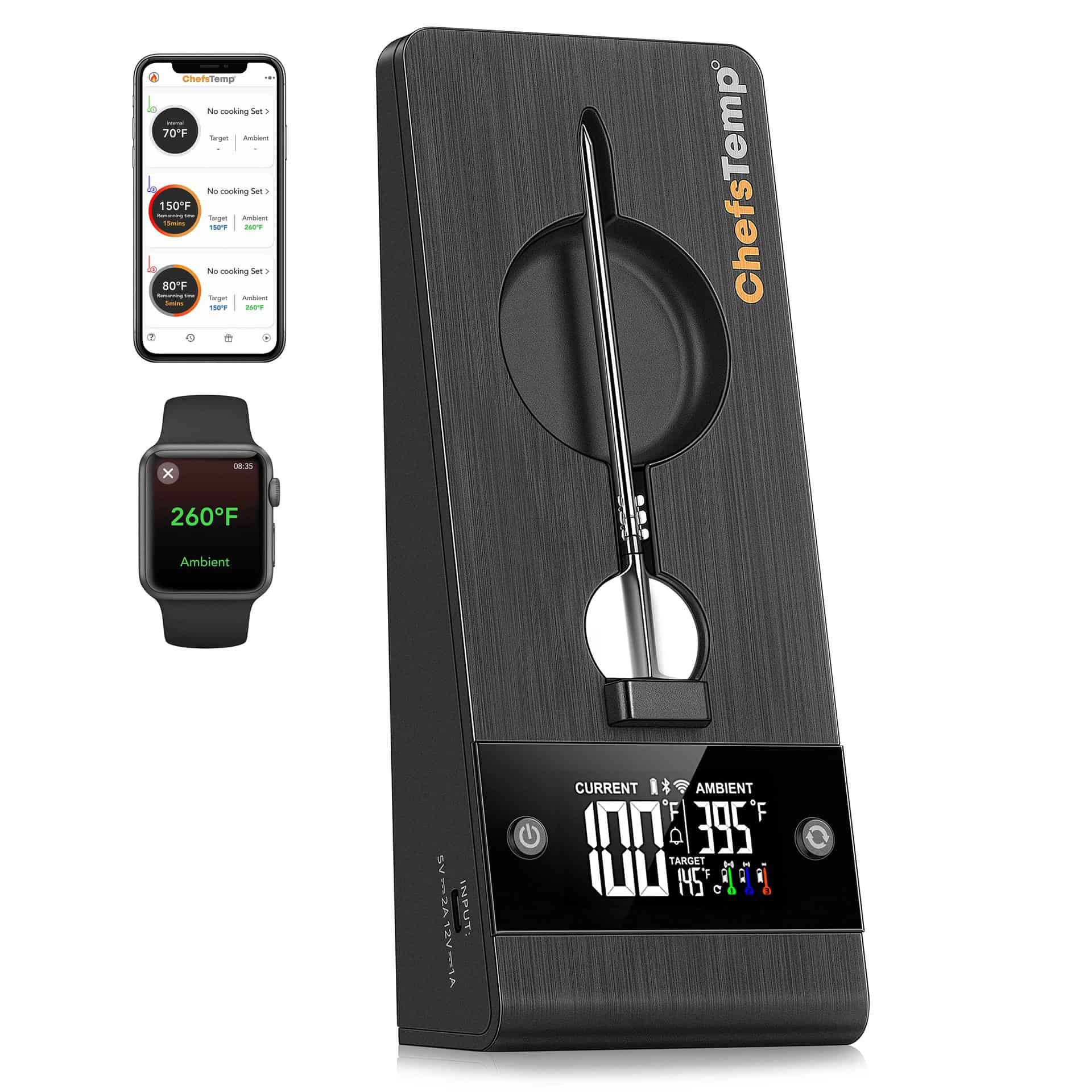
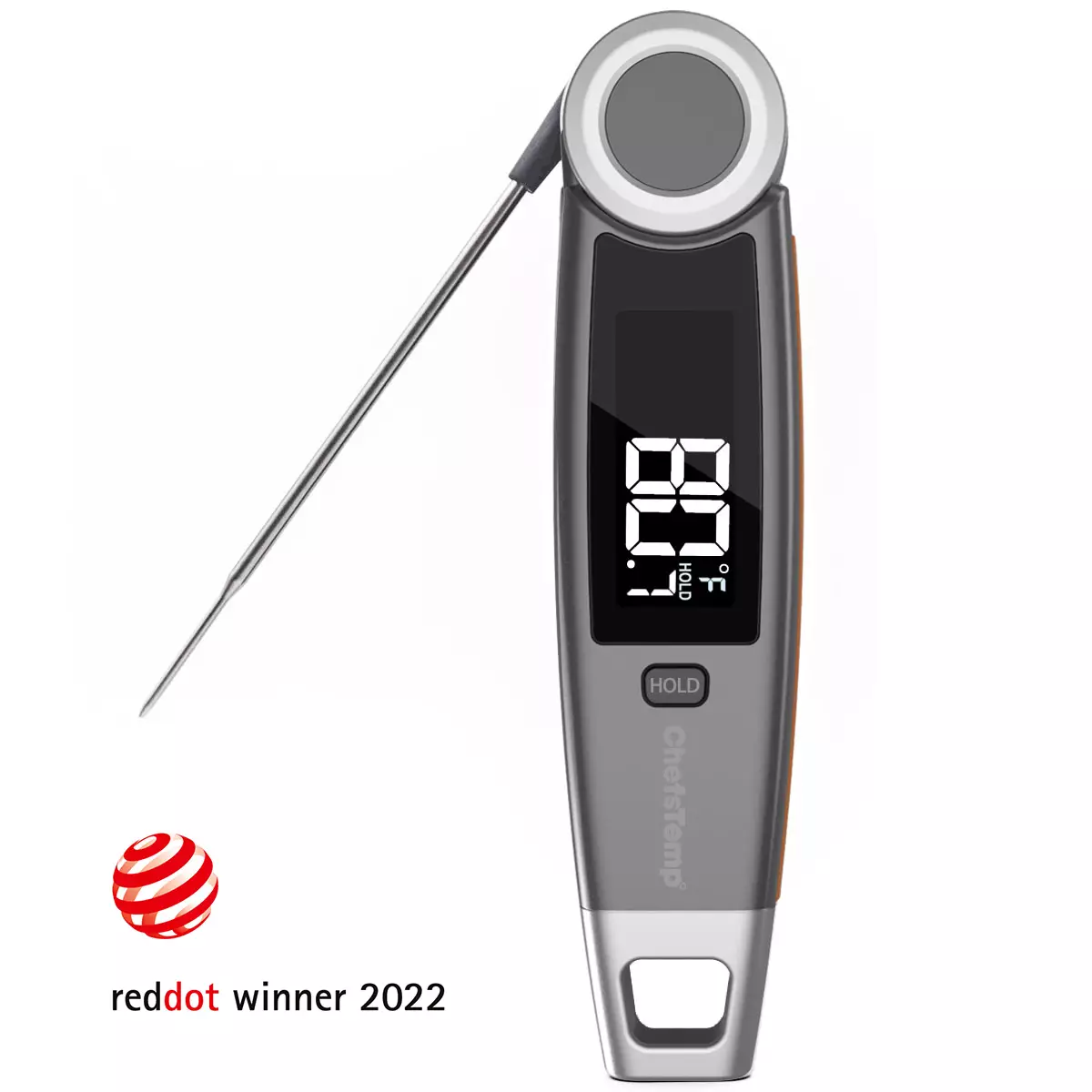
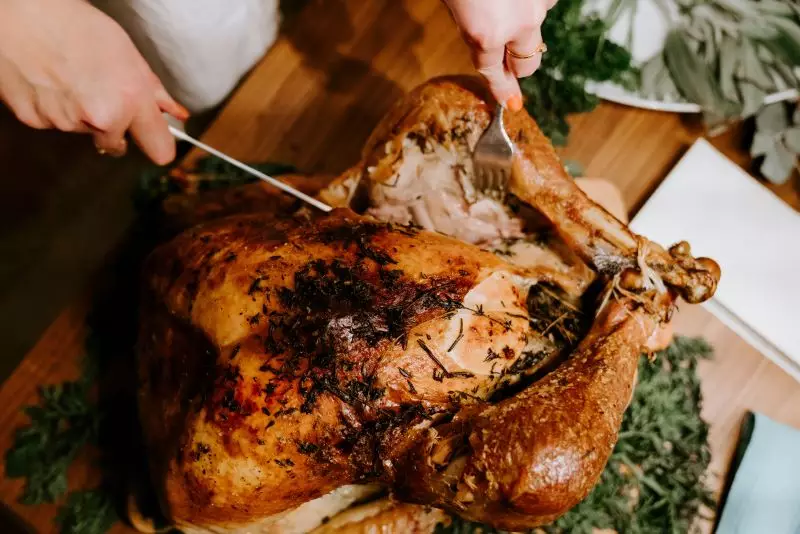
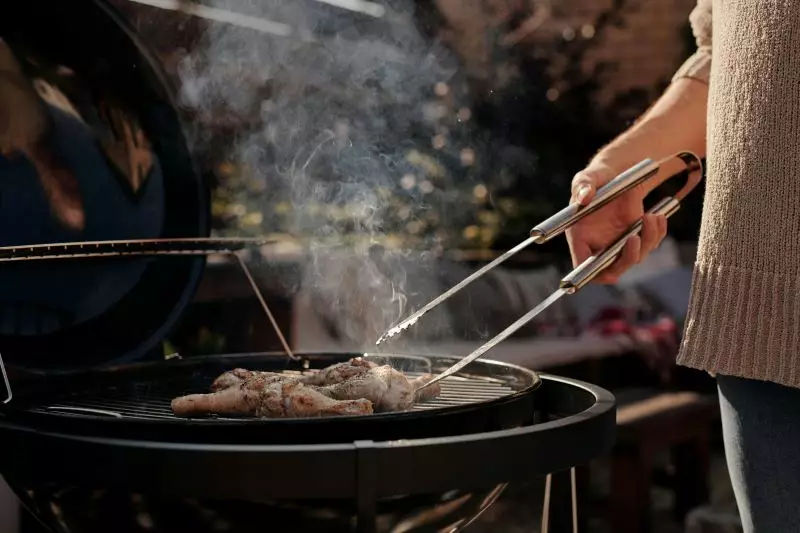
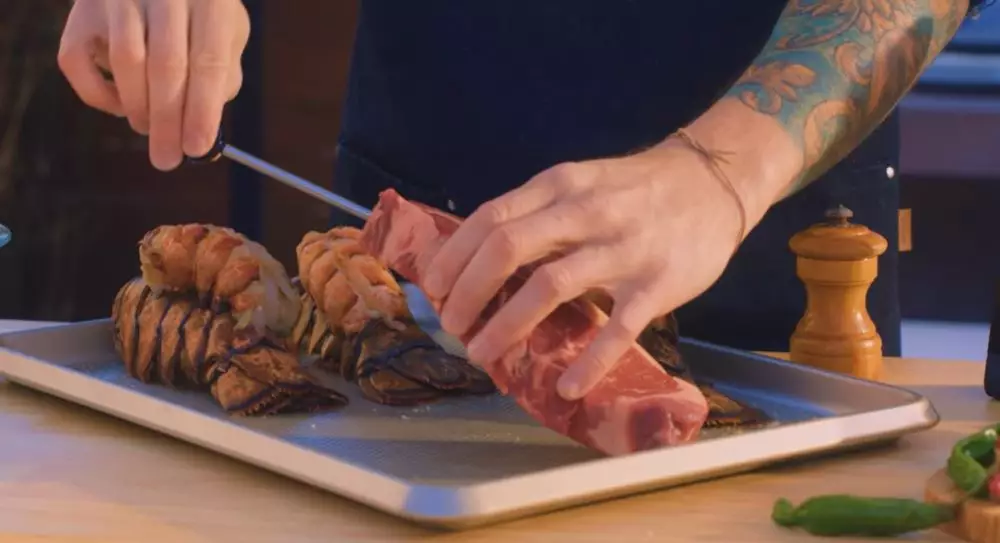
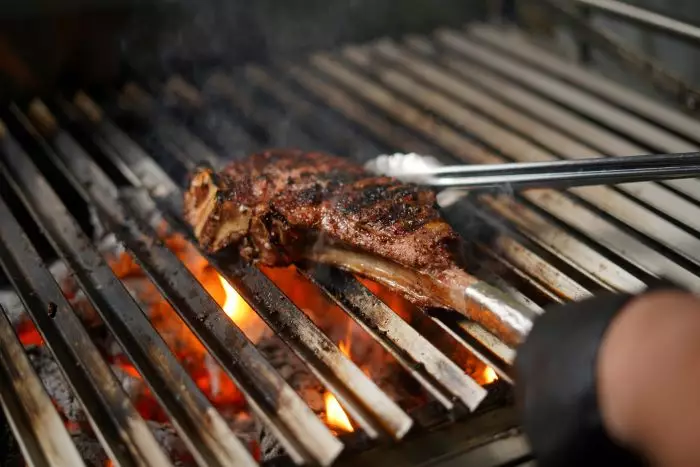
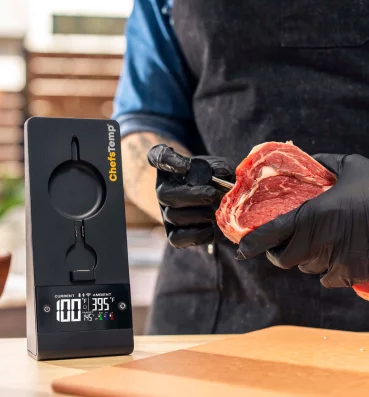
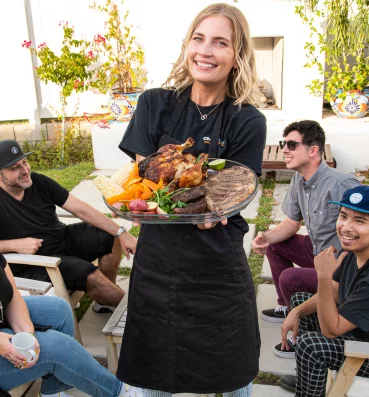



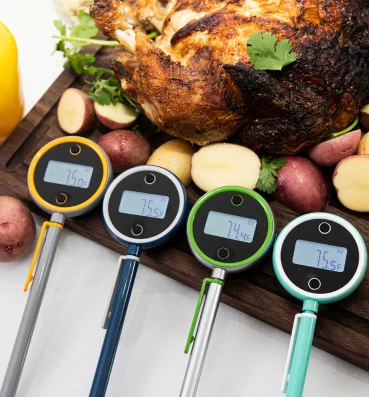

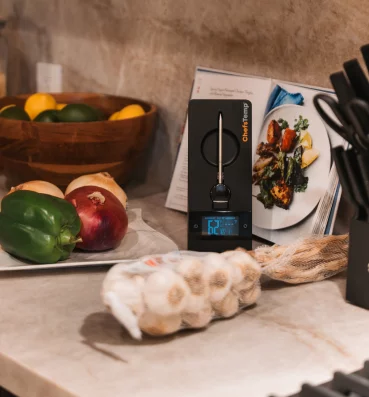

[…] most will indicate the recommended temperature for cooking. This is because it exemplifies the importance of temperature in cooking. You must achieve the right temperature to ensure the quality and safety of food. To become a […]
[…] your repertoire as a cook. However, you should know when to use high heat cooking to achieve the best quality cooking results. It should never be your primary cooking technique because there are also risks involved that you […]